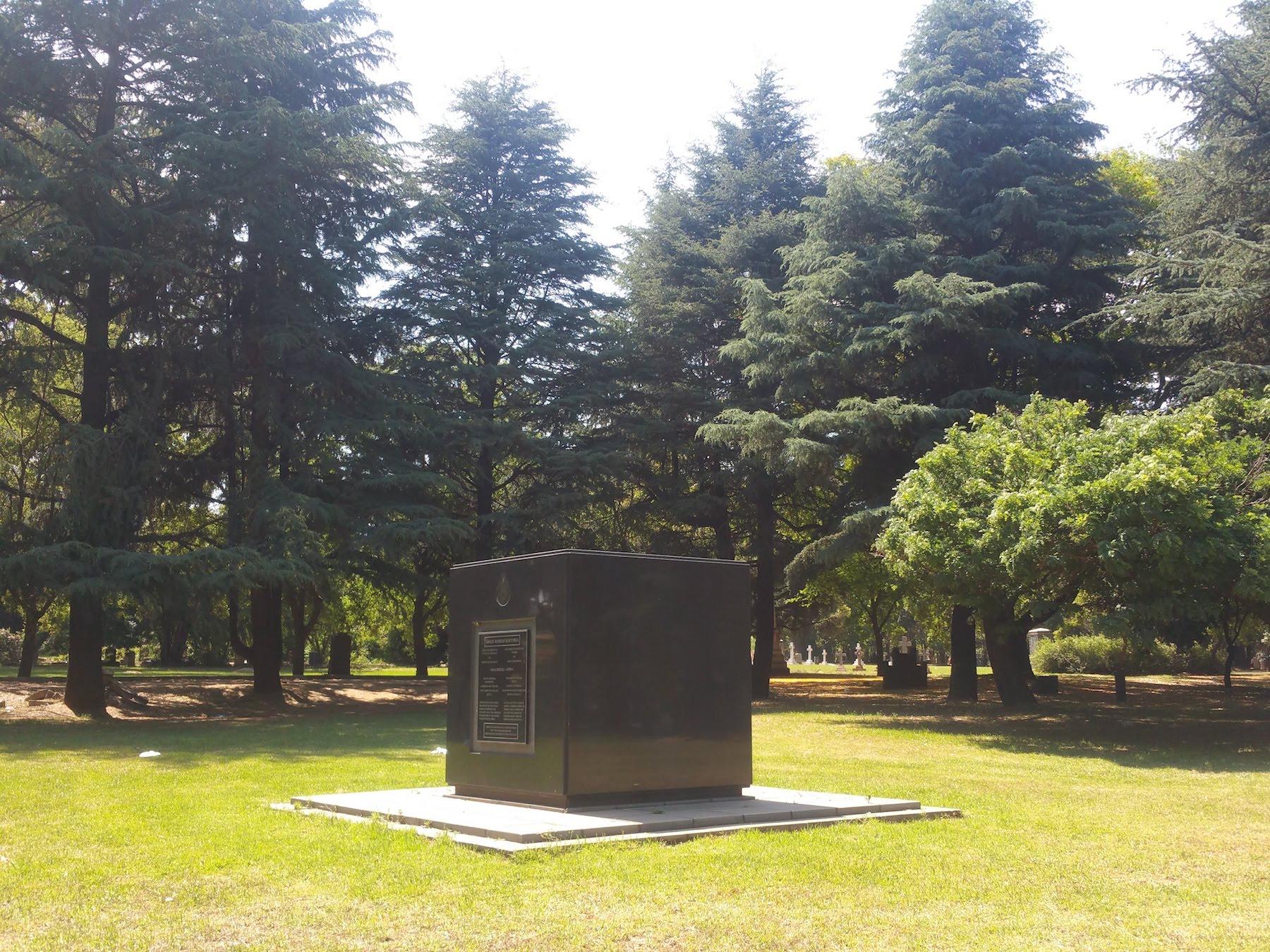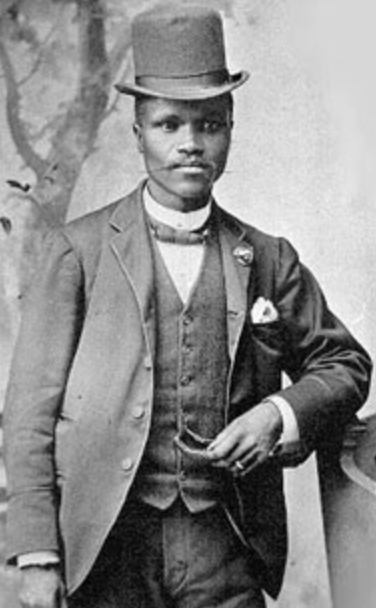
Disclaimer: Any views expressed by individuals and organisations are their own and do not in any way represent the views of The Heritage Portal. If you find any mistakes or historical inaccuracies, please contact the editor.
Enoch Mankayi Sontonga was born in Uitenhage, Eastern Province (now Eastern Cape) around 1873 as a member of the Xhosa-speaking Mpinga clan of the Tembu tribe. He trained as a teacher at the Lovedale Mission Training College, after which he was sent to a Methodist mission school (unnamed) in Nancefield, near Johannesburg in 1896. He taught here for nearly eight years.
Sontonga was the choirmaster at his school, as well as an amateur photographer. Nkosi Sikelel' iAfrika was composed by him in 1897. He based the melody on the hymn tune 'Aberystwyth', by Joseph Parry. Sontonga originally composed the hymn in B-flat major with a four-part harmony supporting a repetitive melody characteristic of both Western hymn composition and indigenous South African melodies. The words of the first stanza and chorus were originally written in Xhosa as a hymn.
Enoch Sontonga (via City of Johannesburg)
It was one of many songs he composed, and he was apparently a keen singer who even wrote songs for his pupils. Most of Sontonga’s compositions were sad, witnessing the suffering of African people in Johannesburg, but they were popular and, after his death in 1905, choirs used to borrow them from his wife.
In 1927, Samuel Mqhayi, the famous Xhosa poet, added seven additional Xhosa stanzas to Nkosi Sikelel' iAfrika.
In 1901 it was taken up by the choir of the Methodist-founded Headltown Mission Institute, in the Eastern Cape, which used the song as its Sunday parades, alongside the British national anthem God Save The Queen.
In 1905 the black mission-founded Ohlange High School in Kwa-Zulu Natal also adopted the song for its school choir song repertoire. The school had been founded in 1900 by John Langalibalele Dube. The idea of the school was conceived when Dube went to the United States of America (USA) in 1897 for training to become a missionary. Upon arrival he enrolled at the Union Missionary Seminary in Brooklyn, in New York. He was ordained a missionary here by the Congregational Church in March 1899.
John Dube (via City of Johannesburg)
The travelling Ohlange School Choir popularised the song at concerts in Johannesburg, and it became a popular church hymn that was also adopted as an anthem at political meetings in Johannesburg. This is how it was picked as the song to close the founding meeting of the South African Native National Council in 1912, of which Dube became the founding president. By 1925 it had become the official closing anthem of the organization, now known as the African National Congress.
The song was the official anthem for the African National Congress during the apartheid era and was a symbol of the anti-apartheid movement. For decades, it was considered by many to be the unofficial national anthem of South Africa, representing the suffering of the oppressed. Because of its connection to the ANC, the song was banned by the regime.
In 1994 after the fall of apartheid, the new President of South Africa, Nelson Mandela declared that both "Nkosi Sikelel' iAfrika" and the previous national anthem, "Die Stem van Suid-Afrika" ("The Call of South Africa") would be national anthems. While the inclusion of "Nkosi Sikelel' iAfrika" celebrated the newfound freedom of many South Africans, the fact that "Die Stem" was also kept as an anthem even after the fall of apartheid, signified to all that the new government under Mandela respected all races and cultures and that an all-inclusive new era was dawning upon South Africa. In 1996, a shortened, combined version of the two anthems was released as the new national anthem of South Africa under the constitution of South Africa.
Click here to listen to the original version of the song.
Daluxolo Moloantoa is a freelance writer and journalist. After being awarded a scholarship by the Sowetan newspaper and Herdbuoys McCann-Erickson advertising agency he studied copywriting at the AAA School of Advertising in Johannesburg. After a brief period working in the advertising industry, he went on an exchange programme to England and studied for a Community Media Certificate with the Community Volunteer Service Media Clubhouse in Suffolk. He became an arts journalist with Ipswich-based youth magazine IP1 and began covering South African arts-based news for London-based South African publication The South African as well as Cape Town charity magazine The Big Issue. On his return to South Africa he became arts contributor to a number of local publications. In 2015 he won the Academic and Non-Fiction Association of South Africa (ANFASA) – Norwegian Foreign Fund Writers Award for his research project on missionary schools in South Africa. Click here to see more of his work.
Comments will load below. If for any reason none appear click here for some troubleshooting tips. If you would like to post a comment and need instructions click here.


